The Taj Mahal
Situated in the city of Agra, stands the of the highest feats of ancient engineering, the number one world heritage site, a breath-taking site that would cause the hairs upon your neck to quiver and is the greatest love story told to man through the ages. I present to you, the Taj Mahal. A 73-meter-high attraction to the eye that took 20 000 workers almost 22 years to construct. This is the story behind my recent visit to the astonishing object of love.
In the 16th century lived the 7th generation Mughal King, Shah Jahan. A man blessed with all physical riches desired by any man except for one precious gift, a child. After being unsuccessful with his first 2 wives, the King was blessed with 13 children from his 3rd wife, Mumtaz Mahal. It can be easily guessed whom his favourite wife was. Prior to the birth of their 14th child, the King asked His queen, as a gift of gratitude from him to her, for the birth of His children, what could he give her in return. Expecting to hear for physical items, the King was baffled when the Queen ask for 3 wishes instead:
- The first wish being that he shalt never remarriage if she is to pass on.
- The second wish is for him to love and care for all their children if she is once again not on this Earth.
- The third wish being more intricate than the first two.
She questioned the King as to how much he loves her, with his response being unexplainable as to how much he does love her. She knew that he did but she wanted the world to know that she was loved eternally by the King. So, her last wish was for him to build her something to commemorate the love he has for her. Something so extravagant that people from around the world would want to visit. Here is the birth of the Taj Mahal.
Six months following the birth of their last child, the Queen had passed on and the King made it his duty to fulfil the wishes of his greatest love. He never remarried any other after her and he looked after all his children. After a while of thinking that spanned months, he decided to make the greatest tomb of mankind which started in 1632 and completed in 1654.
It was constructed of pure white marble as well as precious and semi-precious rock. The domes structures upon the Taj Mahal were made of pure gold and encrusted with diamonds and gem. The tomb of the Queen is situated 20 meters below ground level of the Taj Mahal while a counterfeit was built on the ground level of the main structure. This was done strategically by the King, as we should remember that he was a master tactician. This was done so that if anyone broke into the tomb and tried to steal the jewels and corpse of his wife, they would be breaking into the wrong coffin and although they may find a corpse and jewels, it would be on the wrong person and jewels of a minor amount compared to that of in the original tomb.
I was able to get a few pictures of the counter tomb although we are not allowed too. Although it is hard to notice, if you squint though the caged pattern you may see a smaller rectangular figure upon that of a larger rectangular figure. This is the identical tomb to that of the original underground. Unable to be viewed on the picture, is a larger box of similar features next to hers. That is the replica tomb of the King. His last wish was for him to be laid to eternal rest next to the woman that provides him with eternal joy and happiness. This is the greatest love story that I have and I ever will hear. The ultimate depiction of love that is incomparable to any story till today.
But,
- How did this building last so many years?
- What was done to preserve this building against natural forces? How was he able to receive such heavy and imported material that is so far away from civilization at those time?
Once again, I shall remind you, this King was a master tactician. Firstly, let us recognise the workers. These were the royal builders of the King himself and they were all Muslim workers as they were part of the Mughal Dynasty. The King was a religious man and he instructed the workers to build a mosque on the premise also so that they would be able to pray 5 times a day thus pleasing the Gods and in doing so, God would protect them while building and protect the Queens soul also. The mosque can be found on the left-hand side of the Taj Mahal and is still open to only Muslims on Fridays for prayer time.
It can be noted that the Mughal Dynasty were pronounced for their system of order and symmetry, so as per standards, the King ordered an exact same building to be built on the right side of the Taj Mahal, and this was referred to as, The Royal Guest House. The King knew that such a magnificent structure would attract the attention of powerful men and woman worldwide so he built this guest house as accommodation for the travelling visitors to rest. The 2 buildings are places maticiously equal distanced aside the building, not a single centimetre off. Boggles the mind of people as to how these workers, disadvantaged by the lack of modern technology, where able to build with the accuracy of machines of today.
To enter the Taj Mahal, one must enter through that of a gate called, The Royal Gate which is directly situated 100 meters in front of the Taj Mahal.
To enter this gate, one must enter through 3 different identical gates (ie) the south, east and west gate. Here comes the feat of engineering that I am inexplicably impressed by, the distance from all 3 gates to the Royal Gate equi-distanced apart. An addition to this constructing marvel is that the east and west gate are symmetrically across from each other while the south gate is concurrent with the Royal Gate and the entrance to the Taj Mahal. If one must stand in front of the Royal Gate, they would be able to fit the entrance of the Taj Mahal in the doorway of the Royal Gate as they both have the same shaped doorways. Still not convinced about accuracy? The last and final case I can use to persuade you is the use of a Rose Line. It is a line that splits the enter premise into 2 equal plots of land and runs through the Taj, and directly through the centre of the Queens coffin. The rose line even runs through the water feature leading up to the Taj Mahal, creating a beautiful pseudo pattern while its original feature was that of symmetry.
The second method of preservation regards the material used during the construction of the iconic monument. White marble was the main building material in its construction and was imported from the city of Jaipur, situated almost 250 kilometers away. Although that may not seem far in today’s lifestyle, we should recall that back in the seventeenth century, they were not blessed with the modes of transportation we have today. The only options they had available was a horse and cart by land and ship by water. Knowing that the most continent and time effective way was by river side, the King built the Taj Mahal along the bank of the Yamuna River in Agra. This way, the material was delivered quick and accurately and movement of the material from the river to the construction site was almost immediate.
Another impressive method to ensure preservation would be in the architecture. From afar it is uneasy to notice this but from a close it can be identified that the pillars situated at the corners of the premises has a slight tilt away from the building. This is a precaution made by the King in an event of a catastrophe such as an earthquake. The pillars would fall away from the central structure thus ensuring its preservation if it is affected by the natural disaster.
Now days, certain preservation methods are also done to ensure the longevity of the monument. For example, due to the pollution in the area, certain sections of the Taj Mahal are sectioned off for cleaning as part of a cycle that rotates around the building ensuring a constant physical appeal and chemical construction of the marble is in accordance. Photos are also limited within the main area, in which the replica tombs reside, as this is an enclosed dark room and the added light of the flash in cameras may deteriorate the lifespan and chemical composition of the marble.
Besides being the purest object of love found as well as an amazing view, the Taj Mahal is also the worlds most expensive physical object. Its value cannot be written determined and is deemed one of the priceless jewel that our world offers us through history. The entire walkway to and including the Taj Mahal is made of pure with marble. On the entrance of the building, are verses of the Quran, inscribed in black marble. Inside the tomb itself, on the casing around the coffins, are flowers that are made up of different types of gems, as well as precious and semi-precious stones. Each flower has the equivalent modern value of R200 000 and are situated upon the inner walls on the building also. The Queen and King were also buried with most of their individual jewels entrusted to them as well as the dome of the being made of solid gold. However, there is a twist to this. Most of these jewels were removed by the British when they raided India in the nineteenth century and most jewels including the domes as well as the jewels of the King and Queen. The title of monetary value was deemed priceless when it was evaluated had it still being occupied by its original materials. It is, however, still quite valuable due to the immense weight of marble used and also rich in history and its affiliation to the strongest power in life, love.
Images 2 & 3 are linked to their sources in their description all other images were taken by myself
The End
References:
[2] https://en.wikipedia.org/wiki/Shah_Jahan
[3] https://simple.wikipedia.org/wiki/Shah_Jahan
[4] https://www.tajmahal.org.uk/shah-jahan.html
[5] https://www.britannica.com/biography/Shah-Jahan
[6] https://en.wikipedia.org/wiki/Taj_Mahal
[7] www.tajmahal.gov.in
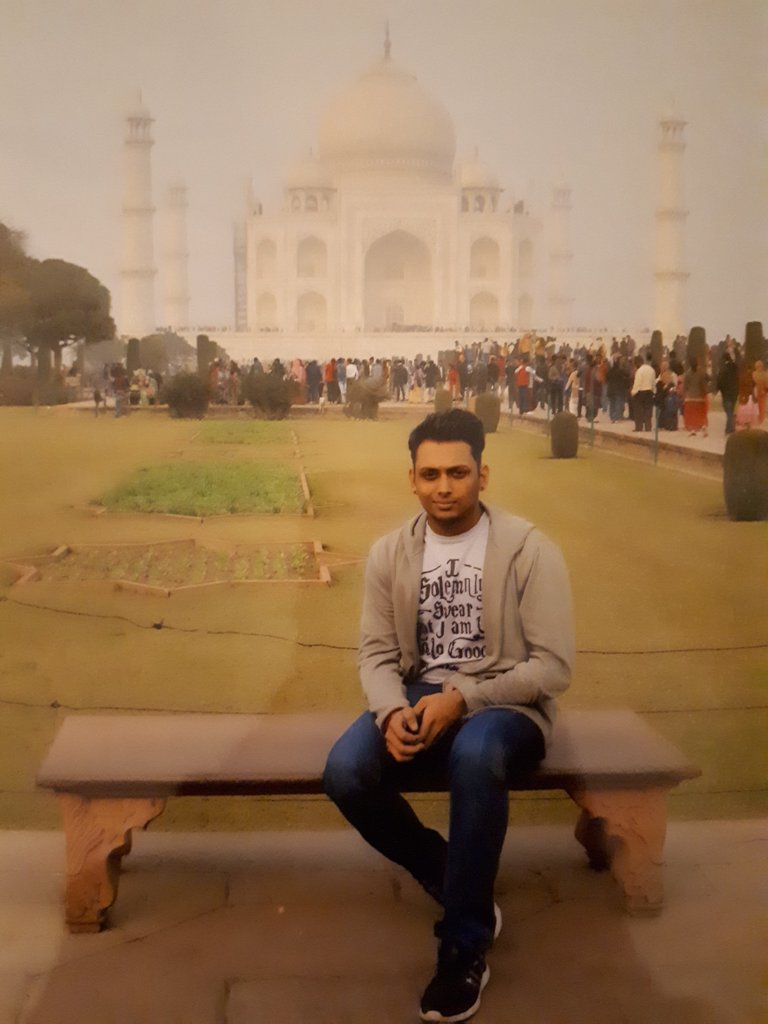

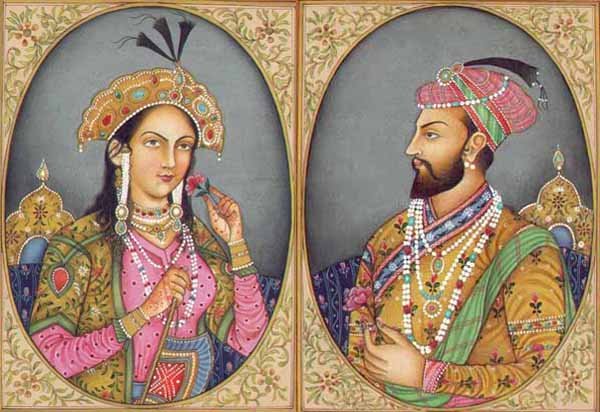
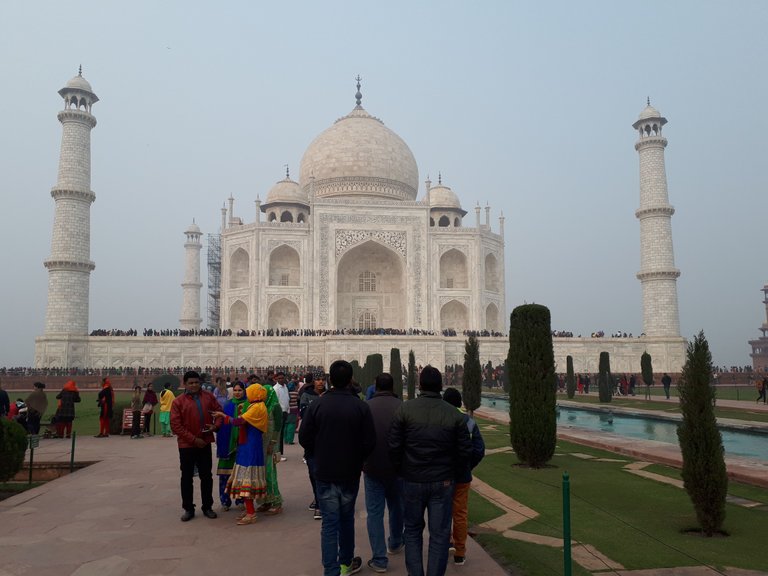
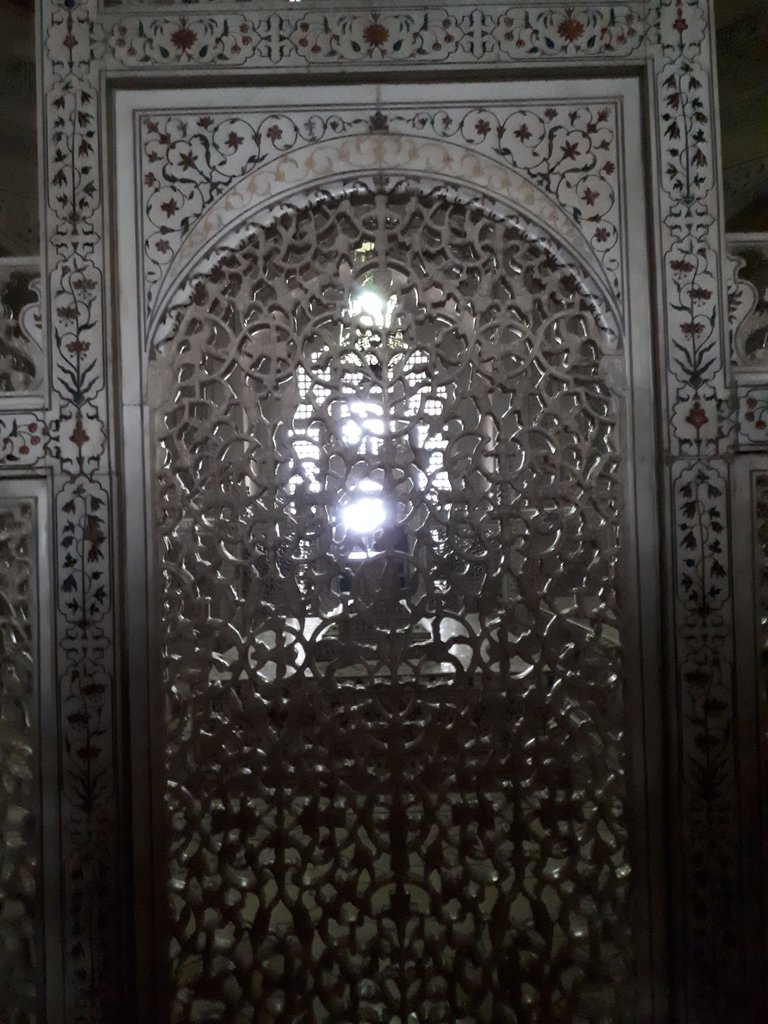
.jpg)
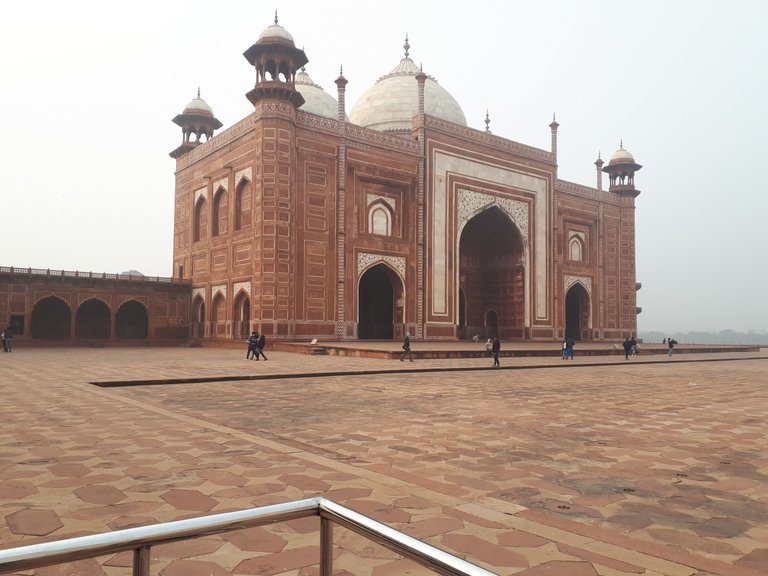.jpg)
.jpg)
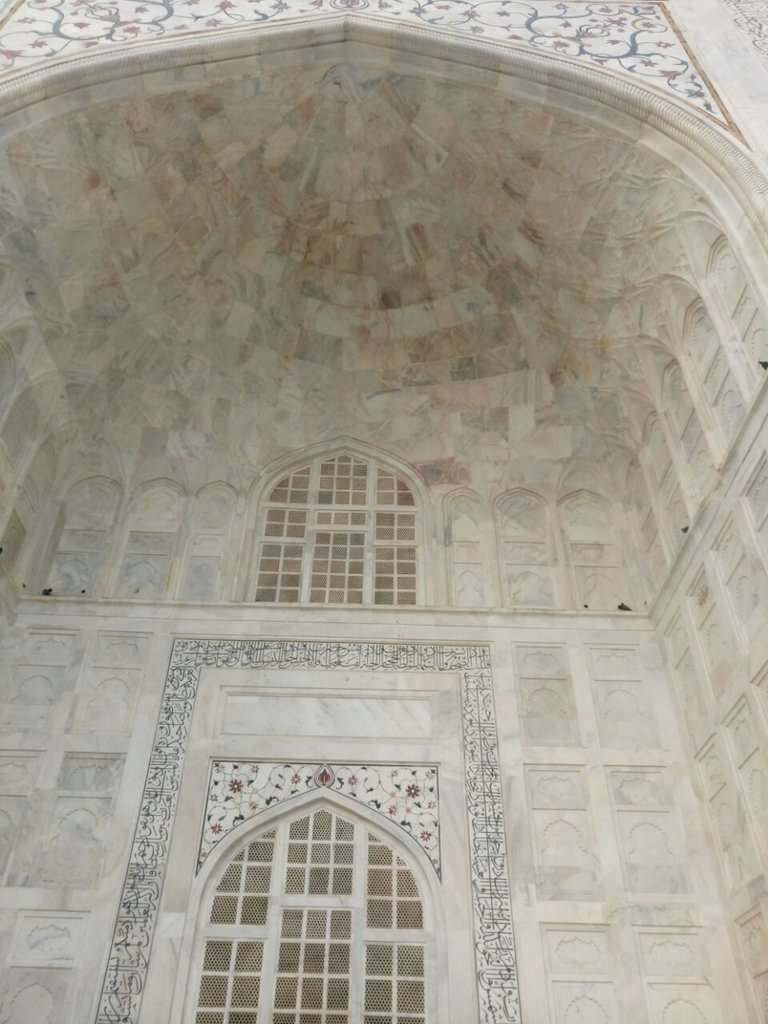
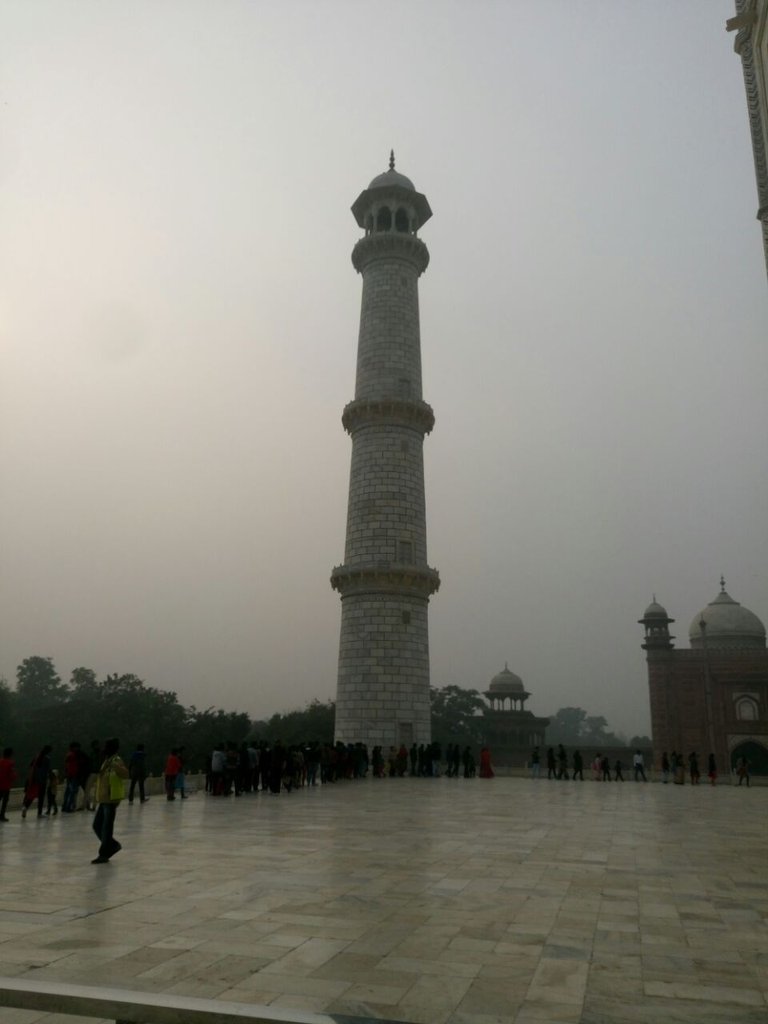
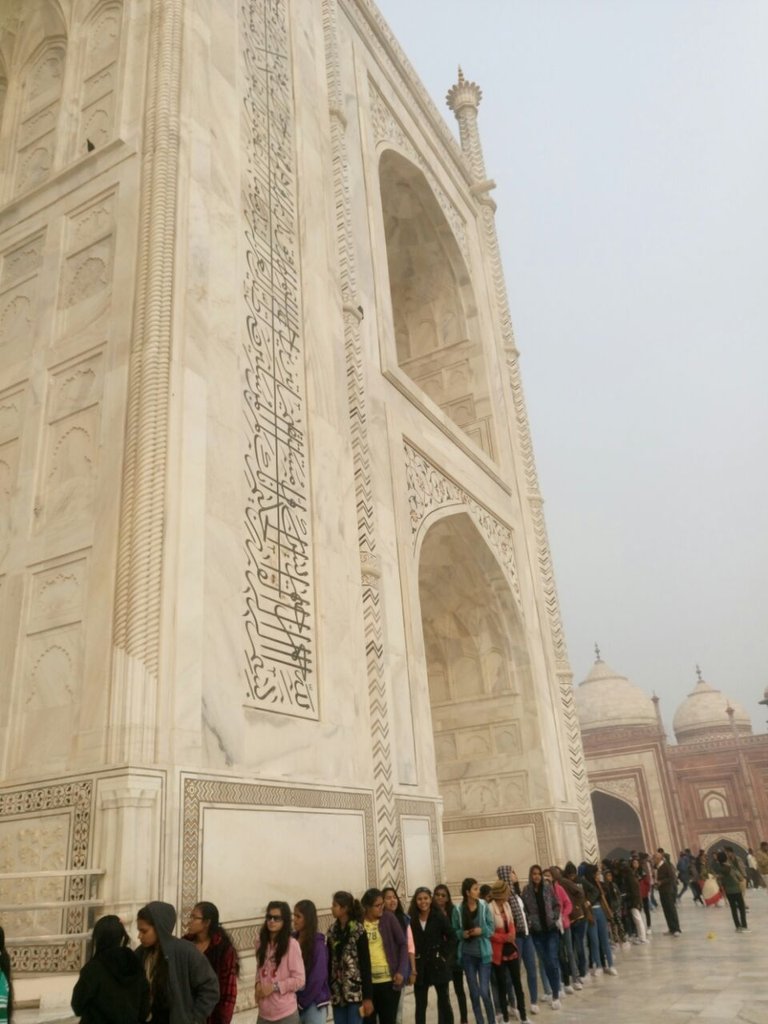
One interesting fact about Taj is when we going towards outside the whole taj appear'S to be follow us behind....cool but only if we watch under the exit door/point.
This is a very interesting fact indeed. I will definitely make sure to try this out in the near future. Thank you
Never been there. It sounds fascinating. But I wonder whether anything will be able to make the hairs on my neck quiver more than the Sagrada Familia!